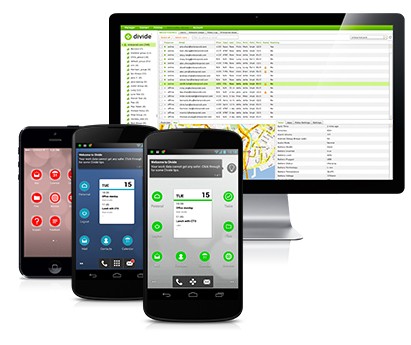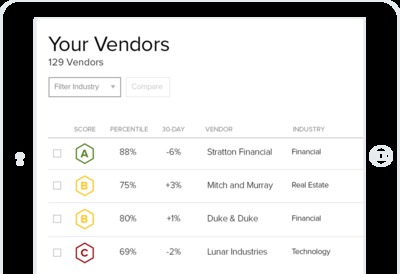2021 Recap
Sending ? and ? from the boldstart team at the end of a challenging 2021. With COVID raging at the beginning and end of the year, it is all the more amazing what our portfolio companies have accomplished the last twelve months. We are truly ?? to our founders, limited partners, co-investors, and friends for another year of growth and learning.
boldstart kicked off 2021 by announcing the closing of $230M of funds, $155M fund V and $75M opportunities ii, to continue supporting developer first & SaaS founders from Day 1 to scale(?).
We added 3 team members:
Ellen Chisa, Founder-in-Residence and former co-founder of Dark
Ab Gupta, Operating Partner and former VP Strategy & Ops at Kustomer
Ernest Addison, Associate and formerly at Audax group.
And our portfolio continued to grow:
- ? Day one lead/co-lead in 14 founding teams: (most still in stealth) representing ??, ??, ??, ??, ??, ??, ??. Continued investments in developer first, SaaS, and crypto infrastructure companies.
- ? ? Day one to scale: Huge congrats on milestone valuations realized for dev first security company Snyk ($8.6B) and fellow security startups BigID ($1.25B) and Security Scorecard (almost ?), crypto infra startups Blockdaemon ($1.255B) and Fireblocks ($8B, investment via MStateLabs our enterprise blockchain lab), and YipitData (new ?).
- ? Day one to follow on funding: Over $1.7B in follow on funding for the portfolio including those above and Superhuman, Replicated, Dooly, Env0, SpectroCloud, Cape Privacy, Hypr, and 3 others which closed new rounds but will announce early 2022.
- ?? Day one to exit: Huge congrats to FortressIQ on its sale to Automation Anywhere. We are ?? to have partnered since day one as FortressIQ created the market for process discovery and automation and scaled to dozens of enterprise customers.
- ? ️From idea to product launch: New company launches out of stealth include developer first startups Jit Security (orchestration for dev first security), Slim (container optimization), Atomic Jar (integration testing shifted ⬅️), Cloudquery (OSS cloud asset inventory SQL), CodeSee (code visualization), Liveblocks (API for collaboration), and SaaS co UtilizeCore (service mgmt automation).
- ??? More amazing angels/advisors added to the boldstart family: We continued doubling down on our enterprise angel/advisor network bringing diversity and some of the best builders and doers in product, engineering, and sales to help our founders accelerate their path to product market fit with folks from Airtable, Notion, Twilio, UiPath,Tableau, Elastic, Coinbase, Hashicorp, and more…
What’s ? in Enterprise 2022

- The next big thing in 2022 is blockchain is the new “dev tool” as many long time enterprise founders rush to explore and build newcos in crypto infra and enterprise investors fund any company with “enterprise + crypto.” Despite the number of companies that don’t make it, there will be a handful of foundational companies started in 2022 that will create returns that far exceed the money lost.
- VC funding will hit another record year in 2022 but don’t be fooled as while the total will be higher than 2021, the numbers will be skewed towards the perceived highest quality and fastest growing companies. In 2022, there will continue to be separation from the haves and have nots and this further increases the importance for funding outstanding and dynamic management teams who are also recruiting machines.
- Rise of orphaned companies — Speed bumps will surface for overcapitalized companies who raised too much ? too early and who tried to stay on the trajectory of super fast growth to be one of the top companies but fell short — lots of pain will surface in 2022 from these companies that overspent and don’t have much to show for it.
- A number of open source projects will become a DAOs (decentralized autonomous organization) instead of pursuing the classic venture backed model.
If you’re interested in staying on top of current trends on a weekly basis, please subscribe to my substack, What’s ? in Enterprise IT/VC.

?? again for all of your support, and here’s to a healthy and prosperous 2022!


 People often ask us why
People often ask us why 












